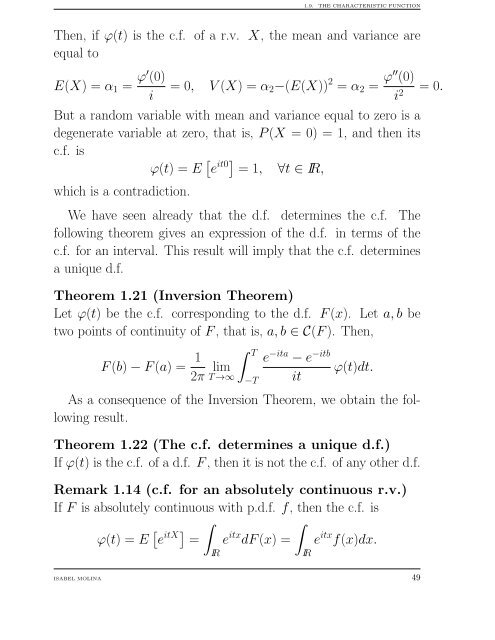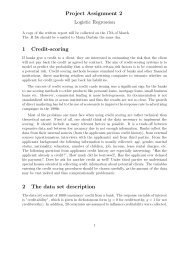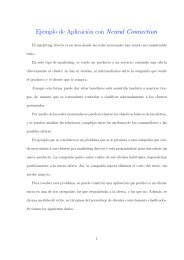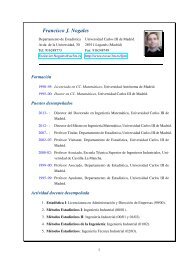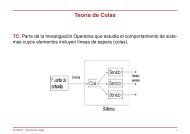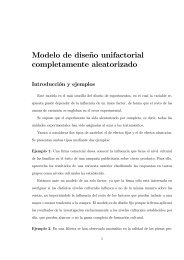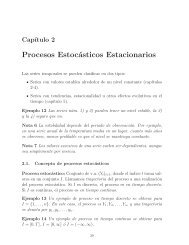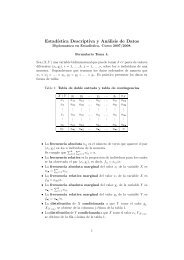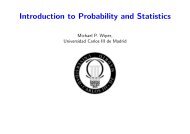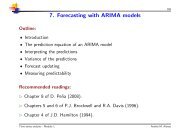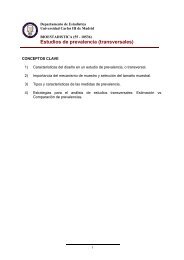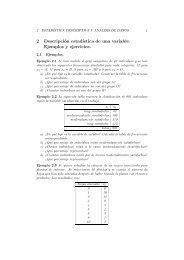Slides Chapter 1. Measure Theory and Probability
Slides Chapter 1. Measure Theory and Probability
Slides Chapter 1. Measure Theory and Probability
Create successful ePaper yourself
Turn your PDF publications into a flip-book with our unique Google optimized e-Paper software.
<strong>1.</strong>9. THE CHARACTERISTIC FUNCTION<br />
Then, if ϕ(t) is the c.f. of a r.v. X, the mean <strong>and</strong> variance are<br />
equal to<br />
E(X) = α 1 = ϕ′ (0)<br />
i<br />
= 0, V(X) = α 2 −(E(X)) 2 = α 2 = ϕ′′ (0)<br />
i 2 = 0.<br />
But a r<strong>and</strong>om variable with mean <strong>and</strong> variance equal to zero is a<br />
degenerate variable at zero, that is, P(X = 0) = 1, <strong>and</strong> then its<br />
c.f. is<br />
ϕ(t) = E [ e it0] = 1, ∀t ∈ IR,<br />
which is a contradiction.<br />
We have seen already that the d.f. determines the c.f. The<br />
following theorem gives an expression of the d.f. in terms of the<br />
c.f. for an interval. This result will imply that the c.f. determines<br />
a unique d.f.<br />
Theorem <strong>1.</strong>21 (Inversion Theorem)<br />
Let ϕ(t) be the c.f. corresponding to the d.f. F(x). Let a,b be<br />
two points of continuity of F, that is, a,b ∈ C(F). Then,<br />
F(b)−F(a) = 1<br />
2π lim<br />
T→∞<br />
∫ T<br />
−T<br />
e −ita −e −itb<br />
it<br />
ϕ(t)dt.<br />
As a consequence of the Inversion Theorem, we obtain the following<br />
result.<br />
Theorem <strong>1.</strong>22 (The c.f. determines a unique d.f.)<br />
If ϕ(t) is the c.f. of a d.f. F, then it is not the c.f. of any other d.f.<br />
Remark <strong>1.</strong>14 (c.f. for an absolutely continuous r.v.)<br />
If F is absolutely continuous with p.d.f. f, then the c.f. is<br />
ϕ(t) = E [ e itX] ∫ ∫<br />
= e itx dF(x) = e itx f(x)dx.<br />
IR<br />
IR<br />
ISABEL MOLINA 49


